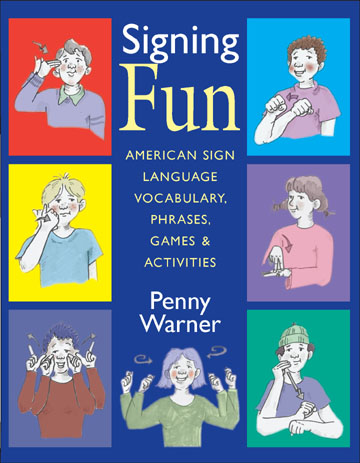Related Products
For Parents
Related Teacher Tools Takeout Items
Transition to Preschool
 Kids grow fast, don’t they? And early intervention is designed for children from birth up to age three. At that point, services under EI end. If the child will need continued support once he or she moves on to preschool, it’s very important to plan ahead so that the transition is smooth. The resources below will help you do just that.
Kids grow fast, don’t they? And early intervention is designed for children from birth up to age three. At that point, services under EI end. If the child will need continued support once he or she moves on to preschool, it’s very important to plan ahead so that the transition is smooth. The resources below will help you do just that.
_______________________________
Out of EI and into preschool: What’s it all about?
Here’s a decent explanation, including why it’s important to plan for this transition; the benefits to children, families, and teachers of such planning; and the chief differences between the EI system and preschool service system in terms of child find, referral, evaluation, eligibility, family involvement, the type of plan that’s written and the services that are delivered.
www.handsandvoices.org/articles/education/law/transition.html
Video: Foundations of Transition for Young Children.
This 8-minute video from Project CONNECT gives an overview of the desirable outcomes of transition, research identifying effective transition practices, as well as the legal requirements of early childhood transition.
http://community.fpg.unc.edu/connect-modules/learners/module-2
Who’s in charge of preschool services, and what are they doing?
Find out in this annual NECTAC publication, which contains information on state policies, programs, and practices under the Preschool Grants Program (Section 619 of Part B) of IDEA. Information supplied by the coordinators of state and jurisdictional Section 619 programs updates the following content areas: program administration, funding, and education reform; charter and private schools; interagency coordination; personnel; transition; programming; accreditation and monitoring; performance outcomes; public awareness; IEPs, IFSPs, and family-centered services; state preschool program data fromwww.ideadata.org; and contact information for state and jurisdictional program coordinators.
http://www.nectac.org/contact/619coord.asp
Recommended transition-to-preschool practices.
This paper from CLAS examines current transition practices within the context of culturally and linguistically diverse groups, highlighting the transition from early intervention services to preschool services. An overview of recommended practice indicators in EI/ECSE and ECE is presented.
http://www.clas.uiuc.edu/techreport/tech4.html
Have you visited the center that’s looking only at what makes for effective transitions?
The National Early Childhood Transition Center (NECTC) is investigating and validating practices and strategies that enhance the early childhood transition process and support positive school outcomes for children with disabilities. Search NECTC’s transition literature database, tell your transition story, and keep track of NECTC’s emerging results and recommendations.
http://www.hdi.uky.edu/nectc/NECTC/Home.aspx
Visit the FACTS/LRE Project: Family and Child Transitions into Least Restrictive Environments.
http://facts.crc.uiuc.edu
- Need suggestions or insights into how to ease transitions to preschool services?
http://facts.crc.uiuc.edu/facts2/facts2.html - For parents whose child is transitioning out of early intervention into preschool services, you may findPlanning Your Child’s Transition to Preschool: A Step-by-Step Guide for Families very helpful.
http://facts.crc.uiuc.edu/facts4/facts4.html
Pull a thread and find a minibibliography.
Transitions From Infant Toddler Services to Preschool Education – Minibibliography is available online from NECTAC, the National Early Childhood Technical Assistance Center. This annotated bibliography presents resources related to transition from infant-toddler services to preschool education. 2005, 8 pages.
www.nectac.org/~pdfs/pubs/transition.pdf
Special education services for preschoolers with disabilities.
This page discusses what services are available for preschoolers who are experiencing developmental delays. Learn more about where families, childcare providers, and educators find help and support.
http://nichcy.org/schoolage/preschoolers/
This information has been included, with sincere appreciation, from the National Dissemination Center for Children with Disabilities website, which provided informational resources for over 20 years. Regrettably, funding from the Office of Special Education Programs (OSEP) at the U.S. Department of Education ended on September 30, 2013. Our thanks to the many individuals who compiled and created this useful information. Posted to Supporting Success for Children with Hearing Loss January 2014.

